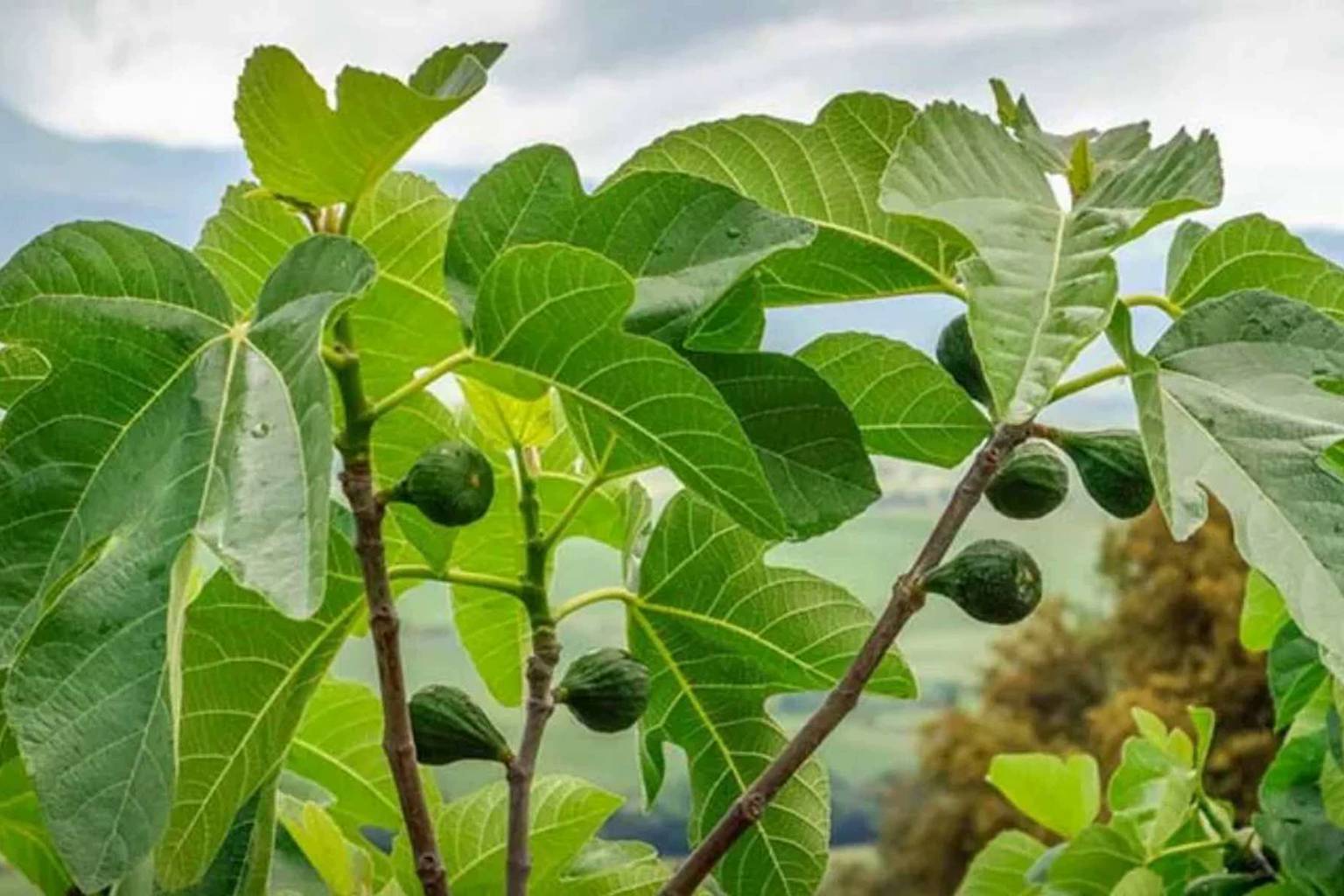Why fruit trees can be both a blessing and a challenge in your garden
Imagine planting a beautiful fruit tree that not only enhances your garden’s charm but also fills the air with sweet, fresh scents. It sounds wonderful, right? Yet, some fruit trees, loved for their luscious fruits, can unintentionally invite trouble in the form of pesky visitors. One such tree is the fig tree, a favorite in many gardens but also a magnet for certain pests.
Planting fruit trees brings so many benefits. They provide shade, improve air quality, and add a refreshing coolness to your outdoor space during hot summer days. But with these perks come risks. Some trees are more vulnerable to infestations that can quickly spread if left unchecked.
Fig tree pests: pests that could threaten your harvest and how to tackle them
Native to Asia Minor and cherished since ancient times, the fig tree boasts delicious fruit and lush foliage. However, it’s known to attract a variety of stubborn pests that can disrupt your garden’s harmony. These include aphids, scale insects, mealybugs, and spider mites, each bringing its own problems.
For example, aphids cluster on new shoots, sucking sap and leaving behind sticky honeydew that attracts ants. Scale insects hide on branches and leaves, weakening the tree’s ability to thrive. Mealybugs and spider mites can cause discoloration and deformities in leaves. Left untreated, these pests can diminish your tree’s health and ruin the fruits you’ve been eagerly waiting to harvest.
The good news is that you don’t always have to reach for strong chemicals. Many experts agree that insecticides for fig trees should be a last resort, applied only for serious infestations. Instead, you might try natural remedies like neem oil sprays, introducing beneficial insects like ladybugs, or simply pruning affected areas to control the spread.
My personal battle with fig tree pests and the lessons learned
I still remember the day I noticed the first signs of trouble on my own fig tree. The leaves looked dull, and a strange sticky residue covered some branches. At first, I felt overwhelmed. How had such a thriving plant suddenly become a target for pests?
Determined not to lose my tree, I dove into research and sought advice from seasoned gardeners. A key lesson I learned was the importance of early detection and consistent care. Small changes like rinsing leaves with water, avoiding excess fertilizer, and keeping the area clean made a huge difference. Over a few months, my tree bounced back, healthier and more vibrant than before.
This experience showed me how gardening isn’t just about planting and waiting—it’s about staying connected to the lifecycle of your plants, noticing changes, and acting quickly. It’s a rewarding challenge that teaches patience and respect for nature.
Have you ever had a similar experience with fruit tree pests? What worked or didn’t work for you?
I invite you to share your stories, tips, or even questions in the comments below. Let’s help each other create thriving gardens full of life and delicious harvests. What’s one pest you’ve battled in your garden, and how did you handle it? Your insight might just inspire others to tackle their garden challenges with confidence.
